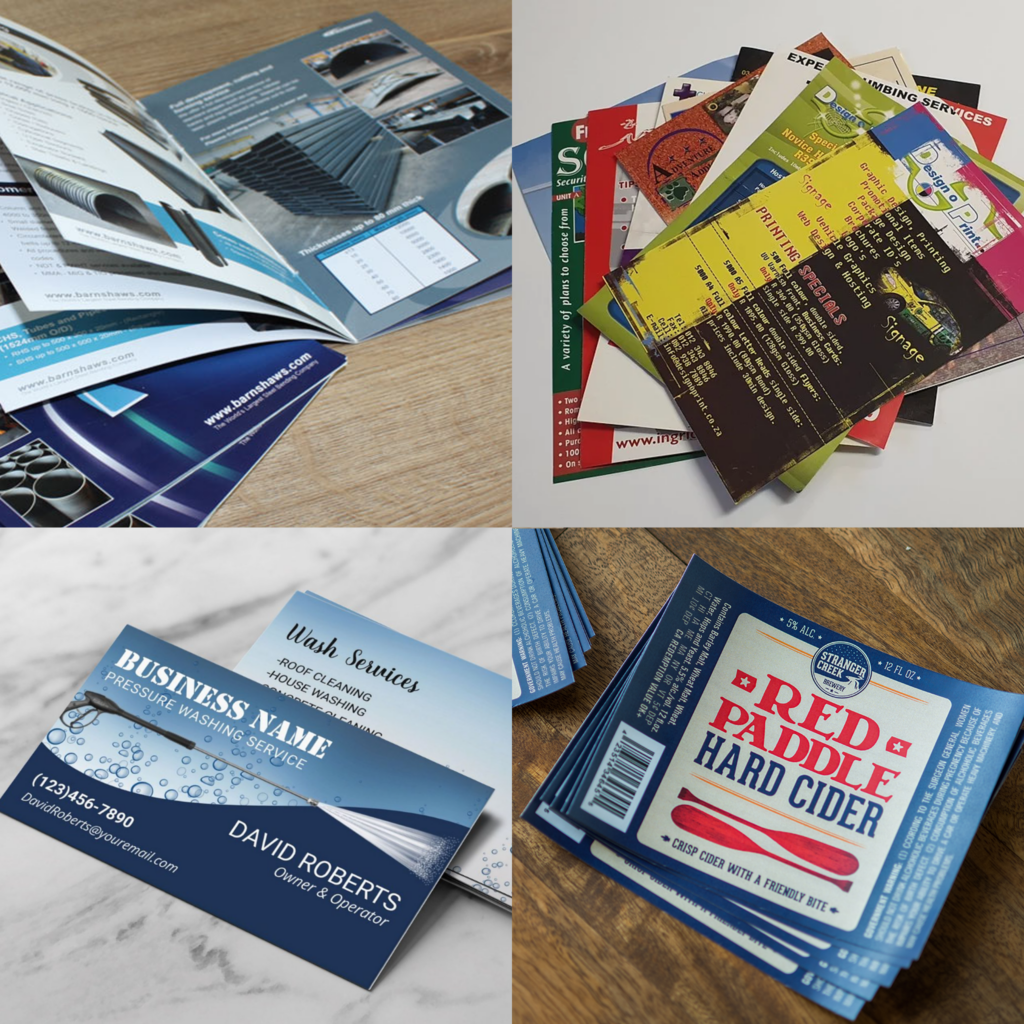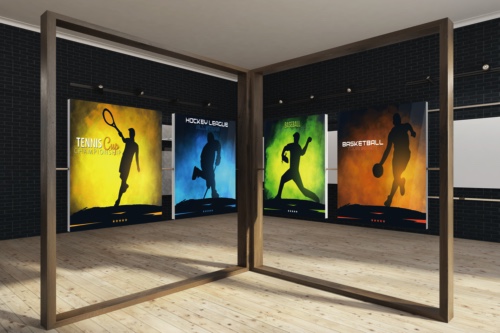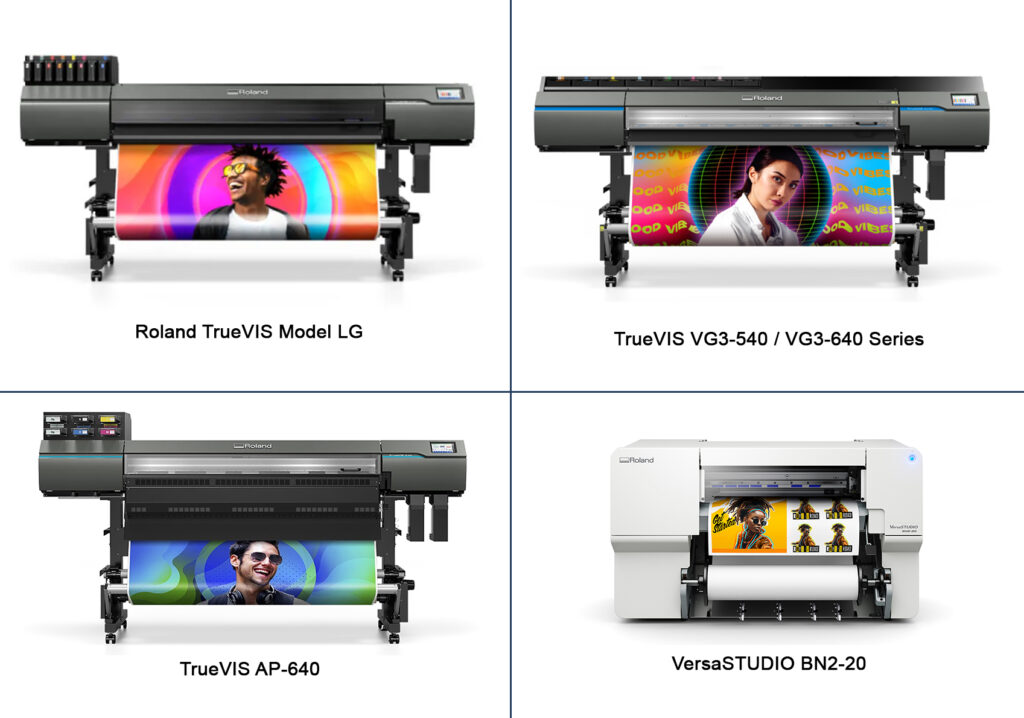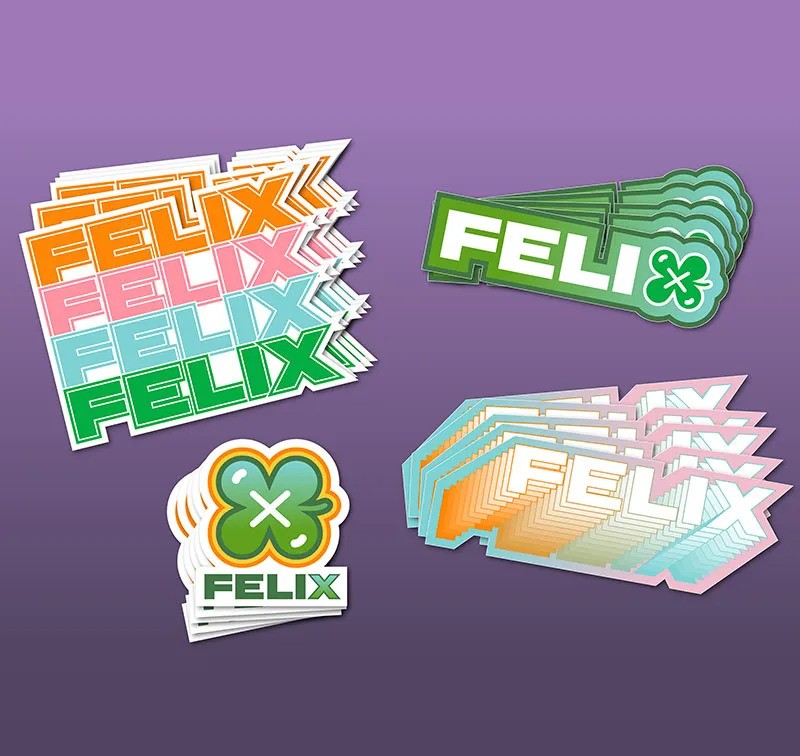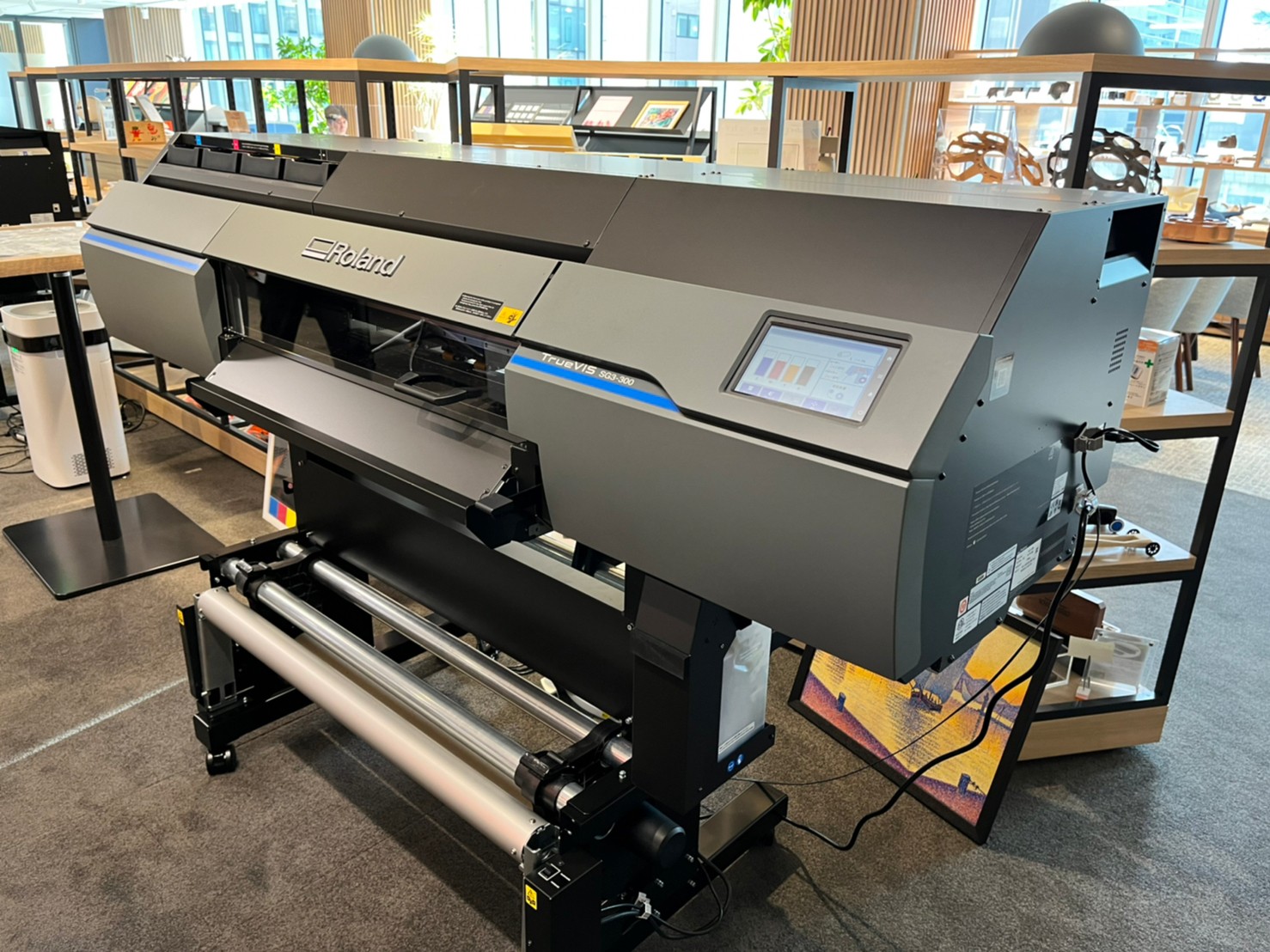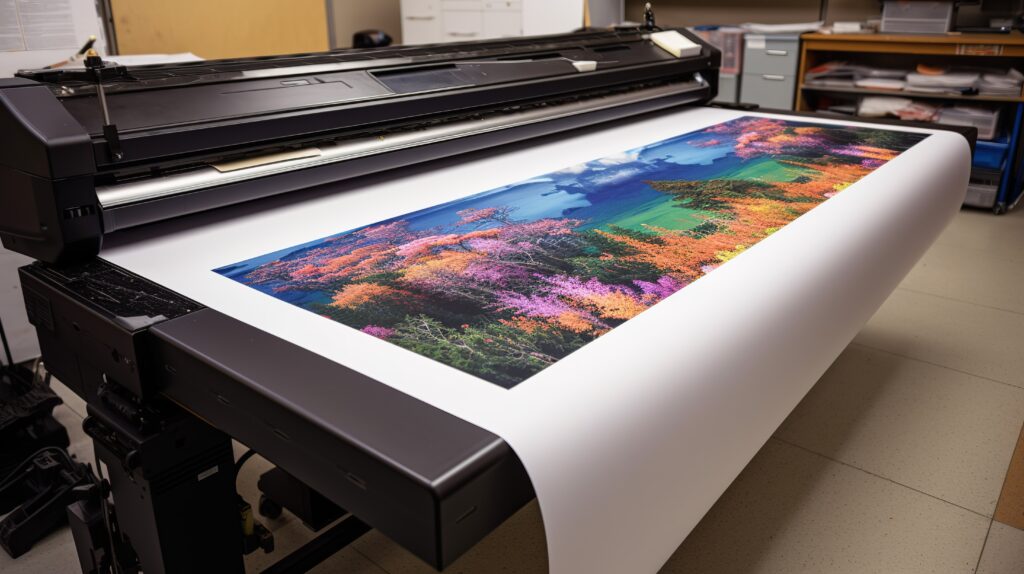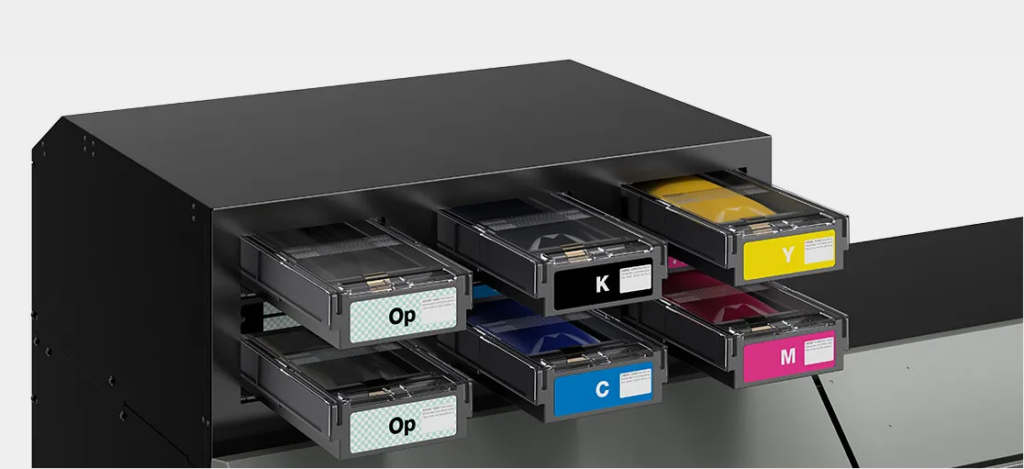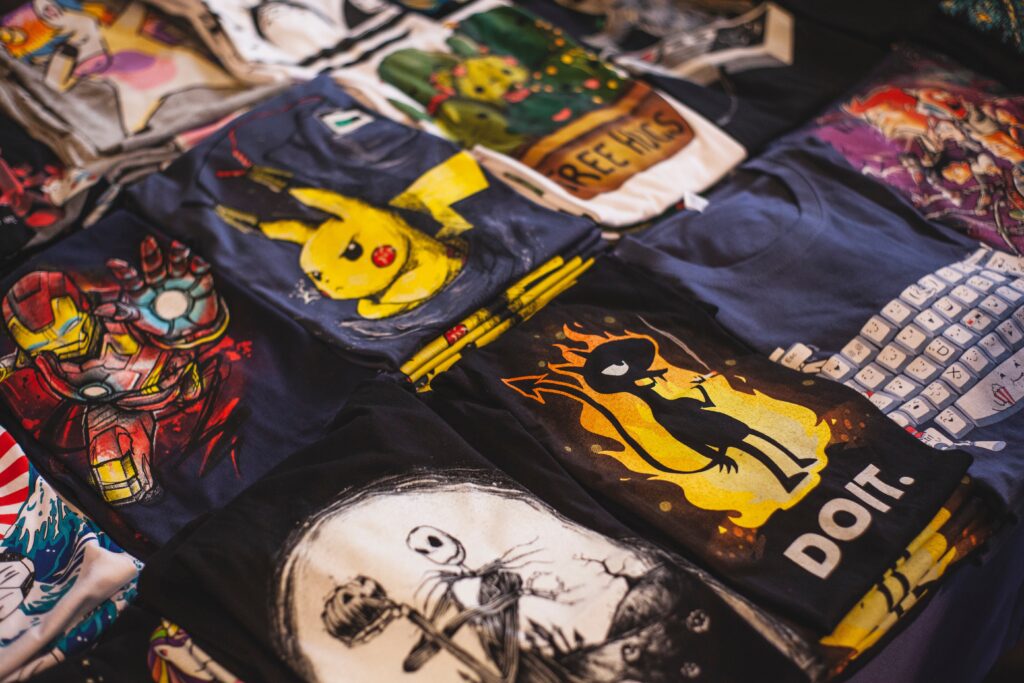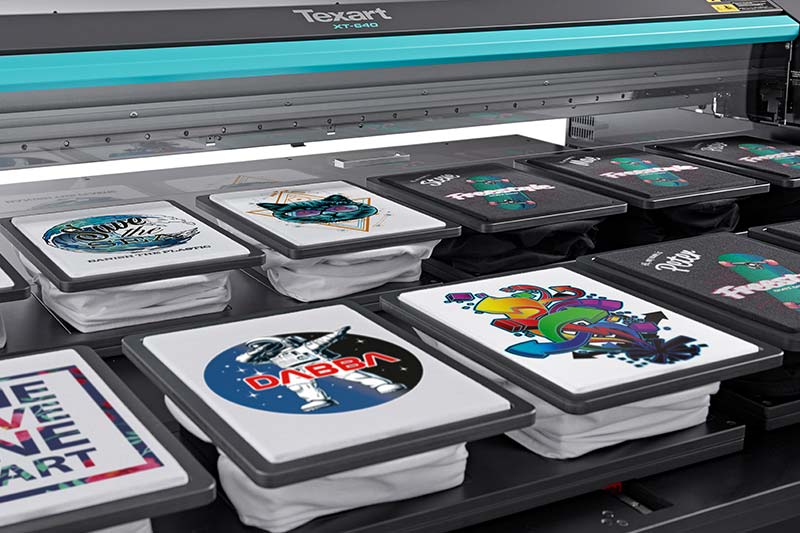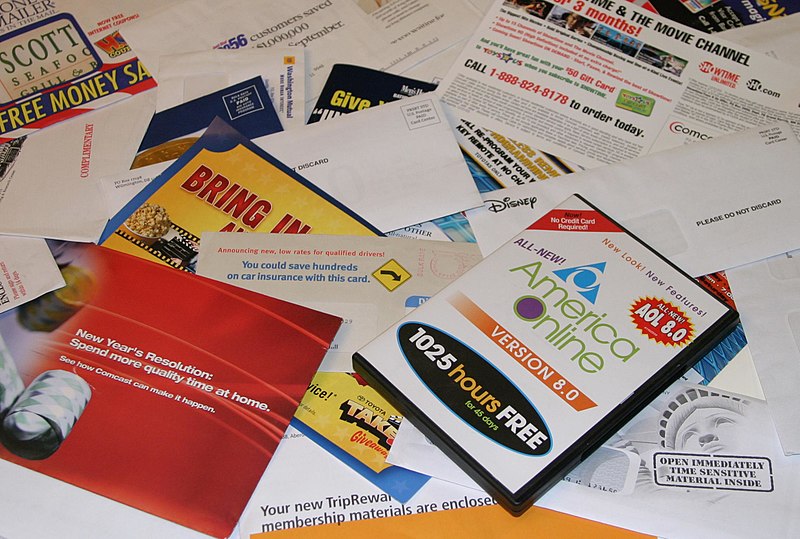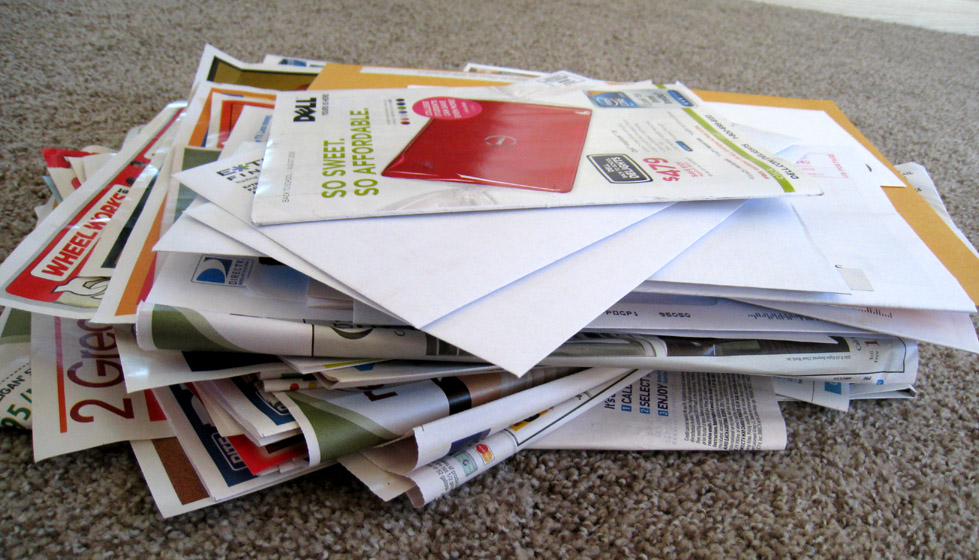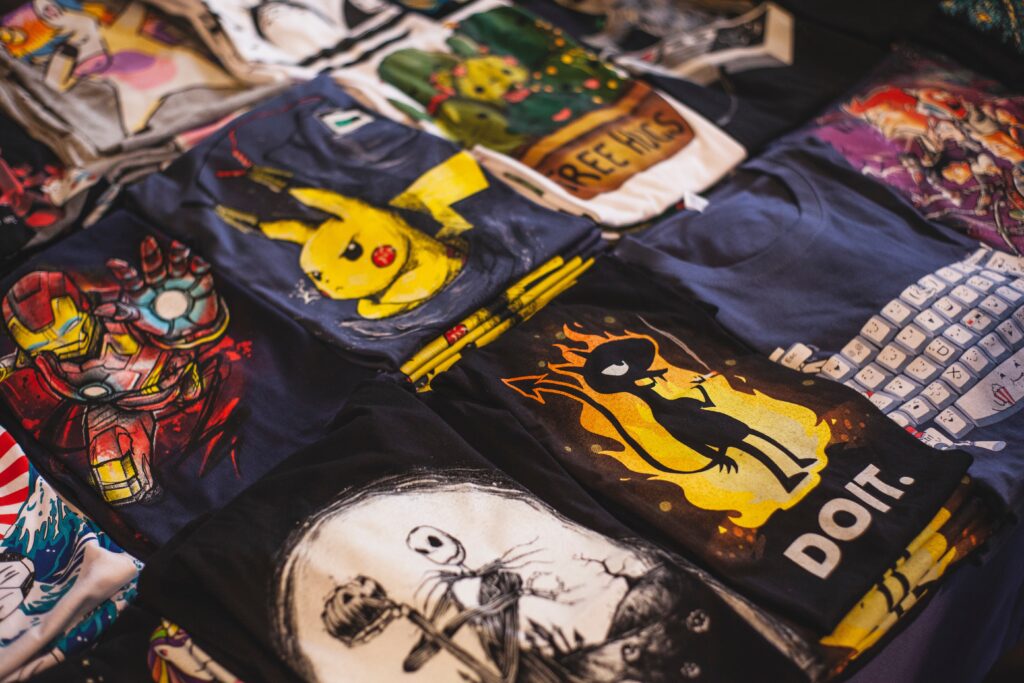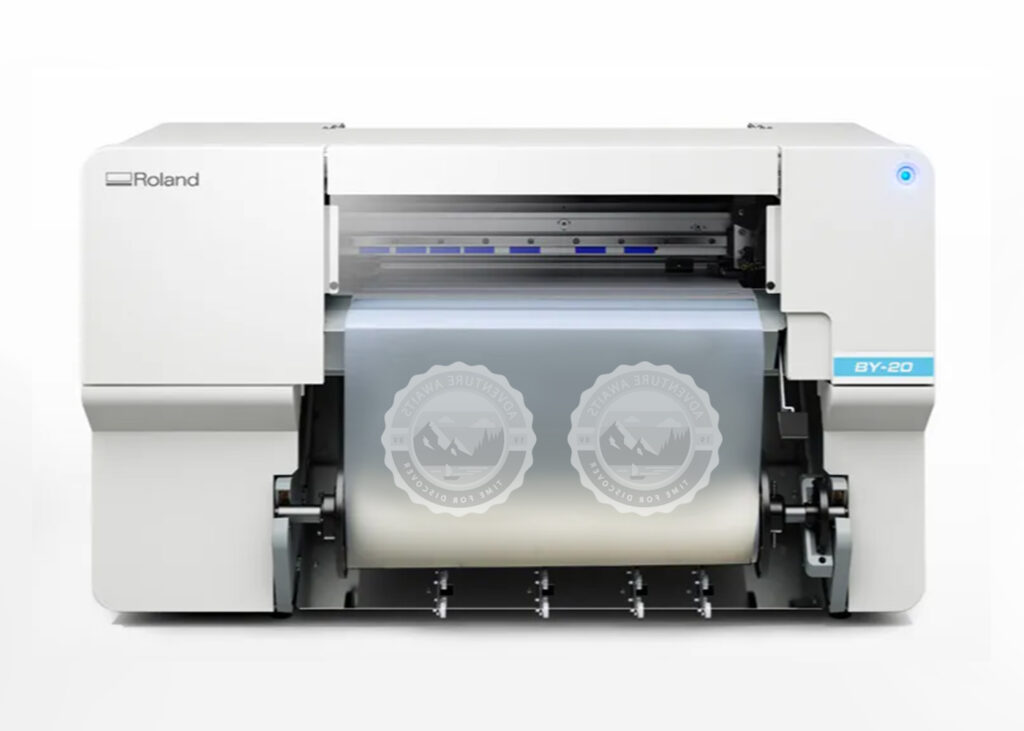Tag: printing guide
Are Graphic Printing Finishes Worth the Cost?
In today’s competitive market, standing out visually is more important than ever. Whether it’s a brochure, business card, packaging, or promotional poster, the visual and tactile appeal of printed materials plays a vital role in making a lasting impression. This is where graphic printing finishes come into play. From lamination and UV coating to embossing, foil stamping, and die-cutting, these finishing touches elevate print designs, making them more attractive, durable, and impactful. However, these enhancements come at a price, raising the question: are graphic printing finishes worth the cost? The answer depends on the purpose, target audience, and overall goals of the printed piece—but in many cases, the benefits can far outweigh the expense.
What Are Graphic Printing Finishes?
Graphic printing finishes refer to the additional processes applied to printed materials after the ink has dried. These finishes enhance the final product’s appearance, texture, and performance. Common finishes include:
- Lamination – A plastic film that adds durability and a smooth finish (available in gloss, matte, or soft-touch).
- UV Coating – A liquid coating cured with ultraviolet light to produce a high-gloss, matte, or satin surface.
- Embossing/Debossing – Techniques that create raised or recessed designs on paper, adding dimension and tactile appeal.
- Foil Stamping – The application of metallic or pigmented foil to paper using heat and pressure, creating a luxurious, eye-catching effect.
- Die-Cutting – Custom-shaped cuts made into paper for creative designs or functional purposes.
- Binding – Secures and organizes printed pages into a cohesive, professional format.
These are some finishes that can dramatically enhance the visual identity and perceived quality of printed products, but they also add to production costs.
The Value of Visual Impact
One of the most compelling reasons to invest in printing finishes is their visual impact. In marketing and branding, first impressions are critical. A well-designed flyer or brochure might be overlooked if it lacks the tactile or visual flair to draw attention. However, a brochure with a soft-touch finish or foil-stamped logo can instantly feel more premium, catching the eye and encouraging engagement.
Studies have shown that consumers perceive items with high-quality finishes as more valuable. This perceived value translates to a stronger brand image, helping businesses stand out from competitors and appear more trustworthy and professional.
Whether it’s a real estate agent handing out a luxe business card or a retailer using embossed tags on premium clothing, the enhanced appearance adds a layer of sophistication that resonates with customers.
Durability and Functionality
Beyond aesthetics, many finishes also improve the durability and functionality of printed materials. Laminated products, for example, are more resistant to moisture, fingerprints, and tears—ideal for menus, manuals, or outdoor signage. UV coating protects against scratches and smudges, keeping materials looking fresh even after heavy handling.
For businesses that require materials to last, investing in finishes can prevent premature wear and reduce the need for frequent reprints. Over time, this durability can result in cost savings, offsetting the initial expense of the finish.
Brand Consistency and Professionalism
For companies focused on building a cohesive brand identity, finishes help maintain consistency and elevate professionalism across all printed touchpoints. A customer who receives a beautifully foil-stamped invitation or a matte-laminated folder instantly perceives the brand as polished and detail-oriented.
This consistent presentation is especially important for industries where trust and credibility are essential—such as finance, law, healthcare, or luxury retail. High-end finishes reinforce the message that a company values quality, both in its materials and its service.
Targeted Marketing and Customer Experience
Graphic printing finishes can also enhance the customer experience. For instance, packaging with a soft-touch finish or embossed lettering provides a sensory experience that plain packaging can’t match. This tactile quality makes the product more memorable and enjoyable, adding emotional value to the purchase.
Finishes are also effective in targeted marketing campaigns. For high-value prospects or VIP customers, sending a direct mail piece with special finishes like spot UV or die-cutting can increase engagement and response rates. It communicates that the recipient is worth the extra investment.
Cost Considerations
Of course, printing finishes do come at a cost—sometimes significantly increasing the price of a print job. Costs vary depending on the type of finish, the size of the run, the complexity of the design, and the materials used. Small businesses or startups on tight budgets may hesitate to invest in these extras.
However, it’s important to consider the return on investment. For print materials meant to make a strong impression, such as product packaging, event invitations, or client-facing documents, the added cost can pay off in the form of better brand recall, increased customer trust, and improved sales.
It’s also worth noting that prices for finishes have become more accessible in recent years, with digital printing advancements making some processes—like digital foil or spot UV—cheaper and faster than traditional methods.
When Are Finishes Worth It?
Graphic printing finishes are especially worth the investment in the following scenarios:
- Branding and Identity Materials: Business cards, letterheads, and presentation folders that reflect your brand’s image.
- Marketing Campaigns: Brochures, flyers, and direct mail that need to grab attention and drive conversions.
- Product Packaging: Boxes, tags, and labels for premium or gift products.
- Event Materials: Invitations, programs, or promotional items for weddings, galas, or corporate events.
- Customer Touchpoints: Anything that will directly influence customer perception or loyalty.
If the goal is to impress, communicate quality, and leave a lasting impression, finishes are usually worth the cost.
Graphic printing finishes are more than just decorative—they’re strategic enhancements that can dramatically boost the impact, durability, and perceived value of printed materials. While they add to production costs, the benefits in brand recognition, customer experience, and long-term durability often justify the investment. For businesses and individuals who want their printed pieces to stand out and resonate, graphic finishes are not just worth the cost—they’re an essential element of effective print communication.
If you’re a business owner in the office, binding, printing or publishing industry, and you’re seeking the best binding machines to enhance your operations, look no further. Our selection of high-quality binding machines is designed to meet your specific needs. Whether you require the durability of case binding, the versatility of perfect binding, or the cost-effective benefits of saddle stitching, we have the right binding solution for you. Contact us today to explore our range of binding machines and take your business to the next level.



